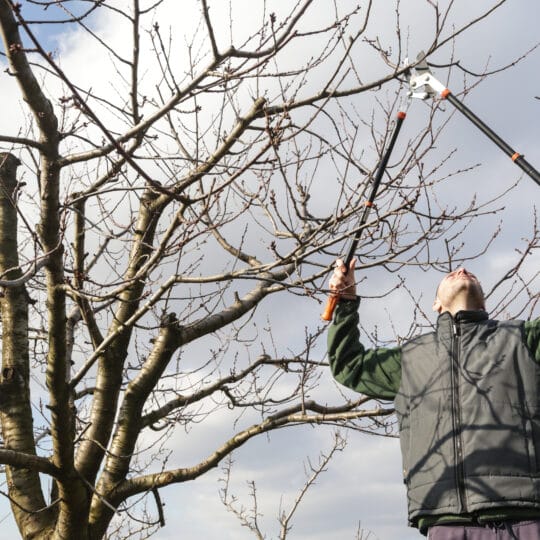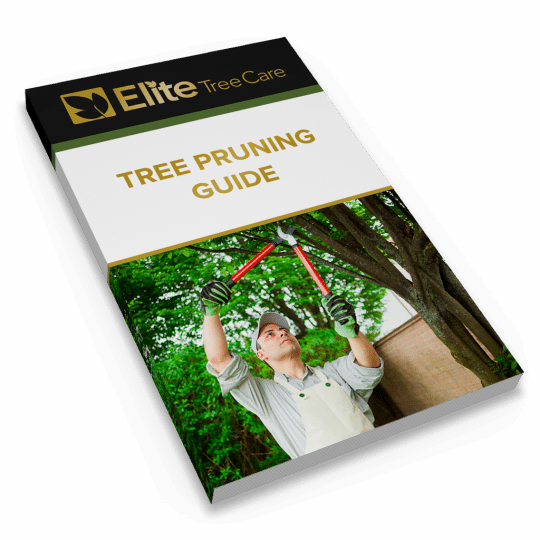Winter Tree Pruning Process
Unless You’re Waiting for Spring
Posted
January 13, 2022

Even though we’re just a few weeks into winter, many minds start to drift dreamily to spring. Thoughts of budding flowers, thawing grass, and trees reawakening make the long, cold days a little brighter. Make sure you’re ready to bring your garden back to life by familiarizing yourself with the winter tree pruning process. Use these tips to help prep your plants for a full recovery.
The Best Time to Prune
This subject comes up a lot, and rightfully so since it depends on the plants in question. Generally speaking, late winter into early spring is the best time to prune a majority of trees and shrubs. During the dormant season, plants have slowed their active growth, and the lack of leaves makes it easier to see what you’re doing.
However, it’s always a smart idea to prune anything dead or diseased, as this weakens the plant and could cause more damage if left untreated. Removing the dead weight also redistributes nutrients to help the rest of the plant thrive.
When you prune late in the winter before you see any new growth, you’re gearing up your plant to put its energy toward replenishing itself with healthy buds once it warms up. Of course, not all plants bloom on new growth. This is why it’s important to research the type of plants you have and determine if this is the best time of year to prune.
Certain plants bloom on existing branches, or old-growth, and may already have blooms waiting to bud in the wintertime. These plants should be pruned in the late spring or summer once the flowers have faded. Pruning these plants too early runs the risk of removing healthy growth, leaving your garden a little lackluster.
Winter Tree Pruning Process
If you are going to prune in the winter, there are some general tips to keep in mind. The weather can change dramatically these days. One day could be sunny and warm, and the next could plummet with a chance of snow. This sharp shift could negatively affect your plants, so do your best to counteract the stress with proper pruning techniques.
- Wait for a mild, dry day. This is best for you and your trees. Fresh cuts don’t react well in wet weather. This attracts waterborne diseases and damage.
- Don’t prune too early. A new cut dries out faster in freezing temperatures.
- Remove the dead, diseased branches first then shape the rest.
- Prune lower branches on evergreen shrubs off the ground.
- Thin out overgrown and smaller branches to help improve light and air circulation.
- Cut branches at the point where one branch attaches to another.
- Make a clean cut with a clean, sharp blade. Tearing the branch could lead to decay.
- Keep any branch that maintains the structure of the plant.
With the proper care and maintenance, your trees, shrubs, and other plants have a better chance of surviving the harsh winter weather and bouncing back in spring. If you’re still questioning whether this time of year is the best for pruning any of your plants, contact the specialists at Elite Tree Care for a consultation.

Download Your FREE Tree Pruning Guide
Learn how, when, and how much to trim or prune your trees to maximize their health and beauty. This guide covers the factors that go into tree trimming (pruning) and will help you make a more informed decision about hiring a professional tree service.